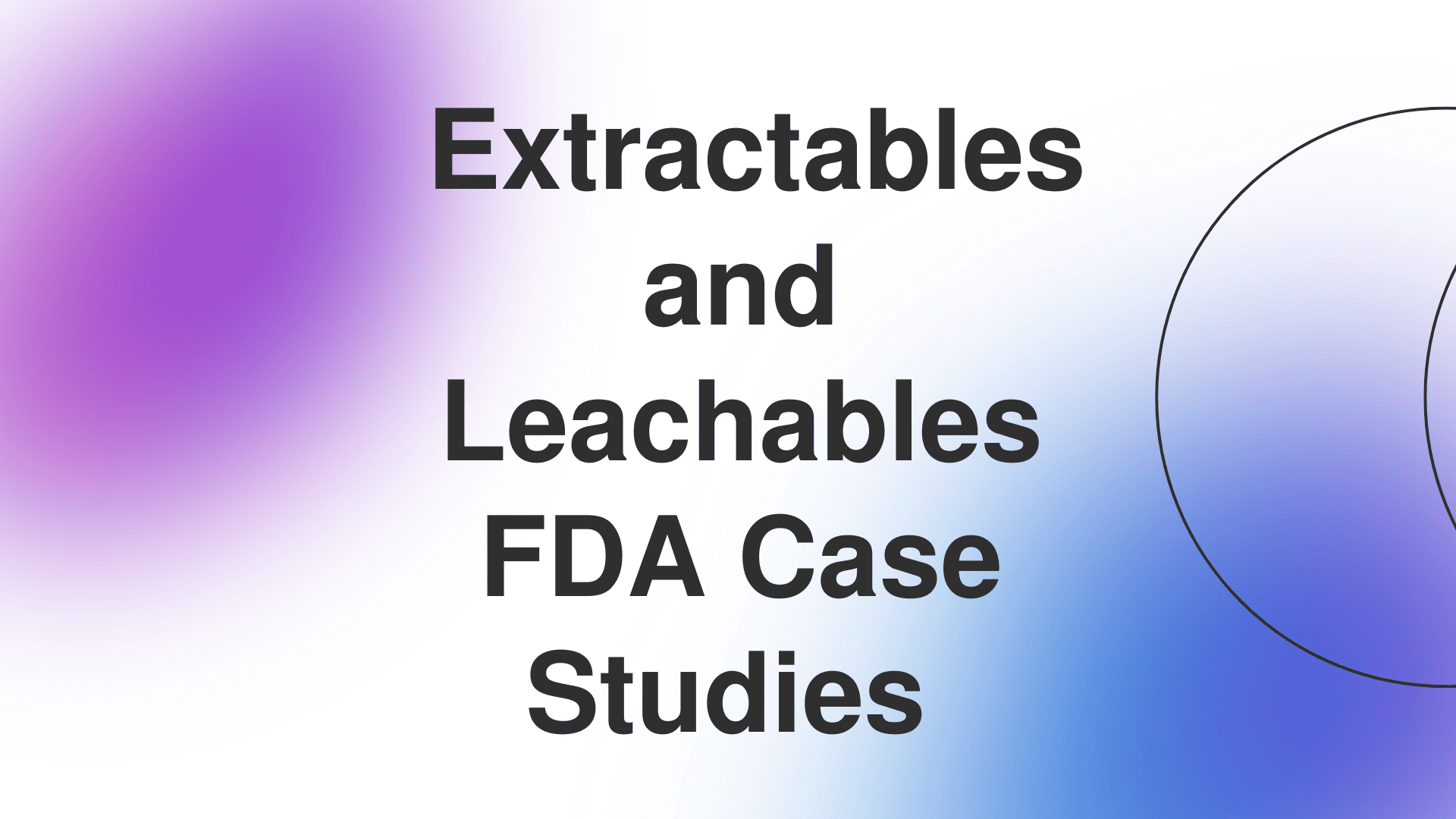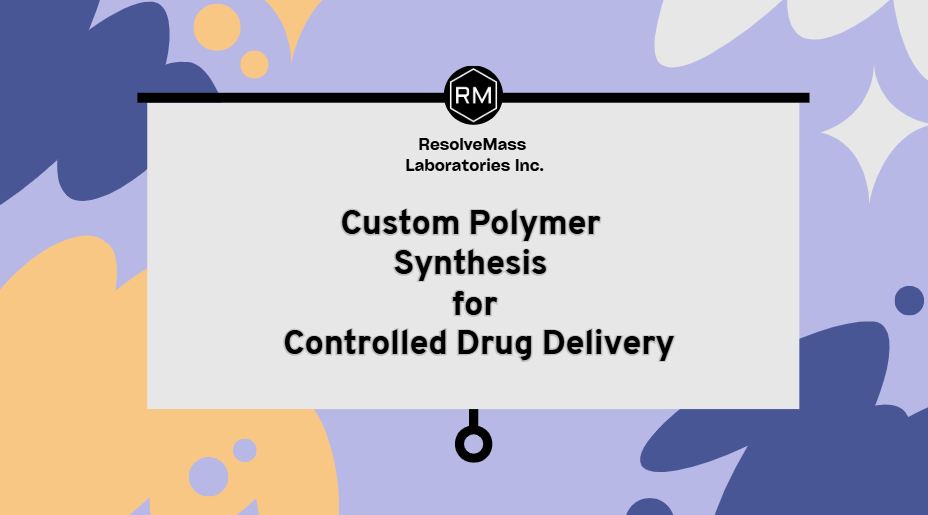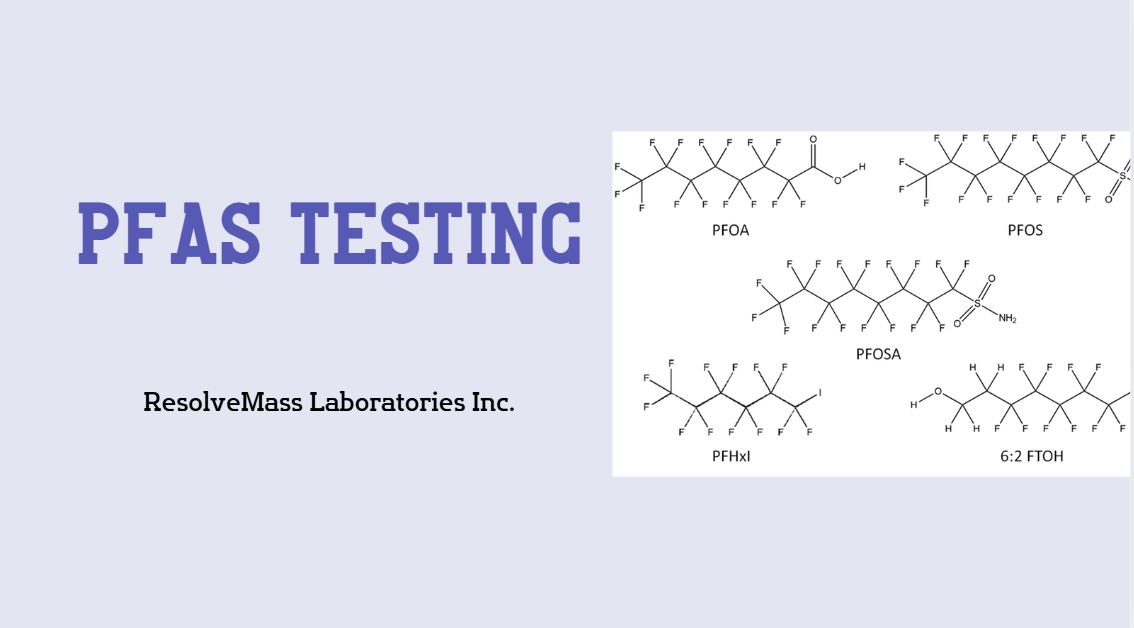Introduction
FDA Extractables and Leachables Case Studies provide real-world insights into how pharmaceutical and medical device companies meet strict FDA requirements for E&L testing. These case studies reveal effective strategies, regulatory challenges, and quality standards that ensure full compliance with FDA extractables and leachables regulations.
At ResolveMass Laboratories Inc., our specialized team supports clients through every stage of FDA E&L testing. We combine advanced analytical tools with strong regulatory expertise to ensure reliable and accurate results. Our goal is to help manufacturers demonstrate product safety, build trust, and achieve faster market approvals through precise and compliant E&L testing practices.
🔍 Quick Summary
Definition: Extractables and leachables are chemical compounds that may migrate from packaging materials or device components into pharmaceutical or medical products.
Importance: The FDA requires E&L testing to ensure product safety, stability, and patient protection.
Case Study Insights: Real FDA Extractables and Leachables Case Studies show that early testing, proper material choice, and solid analytical design improve regulatory success.
Best Practices: Conduct thorough extractables studies, define accurate AET values, and follow ISO 10993-18 and USP <1663>/<1664> guidelines.
ResolveMass Advantage: As an accredited CRO, ResolveMass delivers fast, high-quality, and fully compliant E&L testing.
Compliance Outcome: Reliable E&L testing reduces review delays, avoids compliance risks, and supports smooth FDA approval.
By following these proven practices, manufacturers enhance patient safety, product quality, and market readiness.
What Are Extractables and Leachables in FDA Context?
Extractables are chemicals released from materials under extreme conditions, while leachables are those that migrate during normal product use. The FDA Extractables and Leachables Case Studies show that even small amounts of these substances can affect a product’s safety, performance, and chemical stability.
FDA testing guidelines focus on risk assessments, Analytical Evaluation Thresholds (AETs), and material compatibility. These ensure that every extractable and leachable compound is detected, measured, and reviewed for toxicological impact.
👉 Learn more about Extractables and Leachables FDA Guidance
Why FDA Requires Extractables and Leachables Testing
The FDA’s commitment to E&L testing comes from past safety cases where chemical migration led to health risks. Every FDA Extractables and Leachables Case Study highlights the importance of proactive testing to prevent such issues and ensure reliable drug or device performance.
Key FDA Requirements
| FDA Expectation | Description |
|---|---|
| Material Characterization | Conducted under ISO 10993-18 |
| Extractables Study | Performed using strong solvents and elevated temperatures |
| Leachables Study | Simulated under normal product use |
| Analytical Evaluation Threshold (AET) | Defined per FDA and USP <1663>/<1664> |
| Toxicological Risk Assessment | Determines safe limits for detected compounds |
👉 Explore USP Extractables and Leachables Testing
Complete documentation and traceable procedures are vital. Missing or inconsistent data can cause FDA rejections and product delays. By setting up a clear testing plan early in development, companies ensure compliance and save both time and resources.
Real FDA Extractables and Leachables Case Studies
Case Study 1: FDA E&L Testing for Biologic Packaging
A top biologics manufacturer faced FDA concerns about potential leachables in pre-filled syringes. Through detailed E&L testing, ResolveMass Laboratories identified minor silicone derivatives and polymer residues. After further controlled extractables testing, the FDA granted full product approval.
Key Takeaway: Early-stage E&L evaluation helps prevent FDA rejections and supports faster approvals.
👉 Related: Controlled Extractables Study
This example shows that detailed chemical analysis during packaging validation can reduce risks, improve product safety, and strengthen regulatory trust.
Case Study 2: Medical Device Compliance Audit
During an FDA audit of a cardiovascular device, inspectors found incomplete E&L records. ResolveMass Laboratories designed a custom E&L study following ISO 10993-18 and USP <1663> standards. The company achieved full FDA compliance within eight weeks.
Outcome: Zero observations in the next FDA inspection.
👉 See E&L Testing for Medical Devices
This case highlights the importance of clear documentation, proper validation, and consistent monitoring. Starting E&L testing early ensures the device remains safe and compliant throughout its lifecycle.
Case Study 3: Drug Product Packaging Failure
A parenteral drug failed FDA submission due to unidentified extractables in polymer containers. ResolveMass Laboratories performed a multi-matrix E&L study and adjusted AET levels according to FDA standards. The revised data led to successful product approval and improved packaging reliability.
Lesson: Correct AET values are key to successful FDA E&L compliance.
👉 Learn about Analytical Evaluation Threshold in E&L Testing
This example proves that optimized testing and accurate analysis can turn a failed submission into a successful one, ensuring ongoing product safety.
How ResolveMass Laboratories Ensures FDA Compliance
At ResolveMass Laboratories, our FDA Extractables and Leachables Case Studies demonstrate how expertise and accuracy lead to successful regulatory outcomes. Our scientists follow USP <1663>/<1664>, ISO 10993-18, and FDA Q3D standards for every study.
Our Process Includes:
- Material screening and controlled extraction tests
- Advanced LC-MS, GC-MS, and ICP-MS analysis
- Toxicological and risk evaluations
- Tailored study design and documentation support
👉 Visit:
E&L Services Overview
Custom Study Design
CRO for Medical Devices
Each study at ResolveMass is supported by verified methods, expert reviewers, and complete transparency. This ensures dependable results, regulatory confidence, and long-term client satisfaction.
Analytical Techniques in FDA E&L Testing
Advanced Methods Highlighted in FDA Extractables and Leachables Case Studies
The success of FDA E&L studies largely depends on the analytical techniques used. ResolveMass Laboratories applies cutting-edge tools to ensure accurate detection and measurement of trace compounds.
Common Techniques Include:
- LC-MS/MS for semi-volatile organics
- GC-MS for volatile compounds
- ICP-MS for elemental impurities
- FTIR and NMR for structural identification
👉 Explore Analytical Techniques for E&L Testing
Regular calibration and cross-validation make our results consistent and dependable, supporting FDA confidence in every submission.
Extractables and Leachables in Biopharma: FDA Case Perspective
In biopharmaceutical manufacturing, extractables and leachables can impact protein stability and overall drug performance. FDA Extractables and Leachables Case Studies reveal that early E&L screening during development prevents future formulation issues and supports smooth FDA approvals.
👉 Learn more about E&L in Biopharma
By identifying potential risks early, manufacturers can reduce project delays, maintain product quality, and ensure compliance across production batches.
Conclusion: The Value of FDA Extractables and Leachables Case Studies
FDA Extractables and Leachables Case Studies clearly show that proactive, science-driven testing is essential for meeting FDA expectations and protecting patient health. ResolveMass Laboratories Inc. helps manufacturers achieve faster, safer, and fully compliant market entry through validated methodologies and expert support.
👉 Start your compliance journey today with our Affordable E&L Testing Solutions
📞 Contact ResolveMass Laboratories
For customized consultation or a detailed quote:
Contact ResolveMass
With proven methods and practical case learnings, manufacturers can reduce risk, ensure regulatory readiness, and achieve lasting product success.
FAQs on FDA Extractables and Leachables Case Studies
The main goal of FDA extractables and leachables testing is to ensure that materials used in packaging, containers, and delivery systems do not release harmful chemicals into the product. This testing protects patients from potential toxic exposure and confirms that the product remains stable, effective, and safe for use throughout its shelf life.
The FDA relies on internationally recognized standards such as USP <1663>/<1664>, ISO 10993-18, and ICH Q3D for extractables and leachables testing. These guidelines outline how to design studies, determine analytical thresholds, and conduct toxicological risk assessments. Following them ensures consistency and regulatory compliance across all product categories.
E&L testing should begin during the early stages of product development, ideally when materials are being selected. Early testing helps identify potential risks before large-scale production, reducing the chances of costly delays or regulatory setbacks later. Proactive planning ensures a smoother FDA approval process.
FDA Extractables and Leachables Case Studies often include a mix of advanced analytical tools like GC-MS, LC-MS, ICP-MS, FTIR, and TOF-MS. These techniques detect and quantify volatile, semi-volatile, and elemental impurities with high accuracy. Using multiple methods ensures reliable data and a comprehensive evaluation of all potential contaminants.
The Analytical Evaluation Threshold (AET) defines the lowest concentration level at which a leachable must be evaluated for safety. Setting an appropriate AET ensures that no harmful compounds go unnoticed during testing. Accurate AET calculations are vital for demonstrating toxicological control and achieving FDA approval.
Common extractables include plasticizers, antioxidants, residual monomers, and silicone oils originating from packaging or manufacturing materials. FDA Extractables and Leachables Case Studies show that identifying these compounds early helps manufacturers reformulate materials if needed, ensuring long-term product integrity and safety.
References
- Rozio, M. G. (2025). Correcting detection and quantitation bias in extractables and leachables testing. Journal of Pharmaceutical Analysis, 15(2), 123–134. https://doi.org/10.1016/j.jpha.2025.04.004
- United States Pharmacopeial Convention. (n.d.). Extractables and leachables. Retrieved October 10, 2025, from https://www.usp.org/impurities/extractables-and-leachables
- Balfour, H. (2022, April 29). Advancing extractables and leachables testing. European Pharmaceutical Review. https://www.europeanpharmaceuticalreview.com/article/170814/advancing-extractables-and-leachables-testing/


